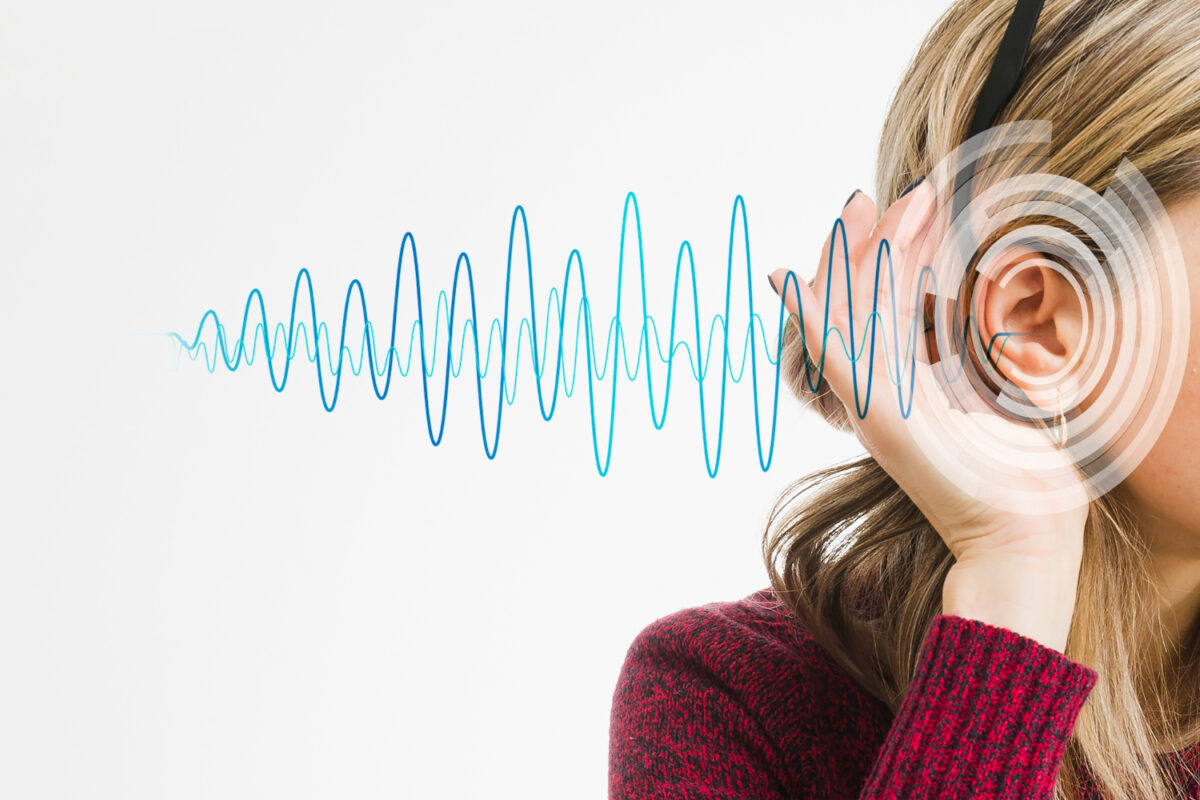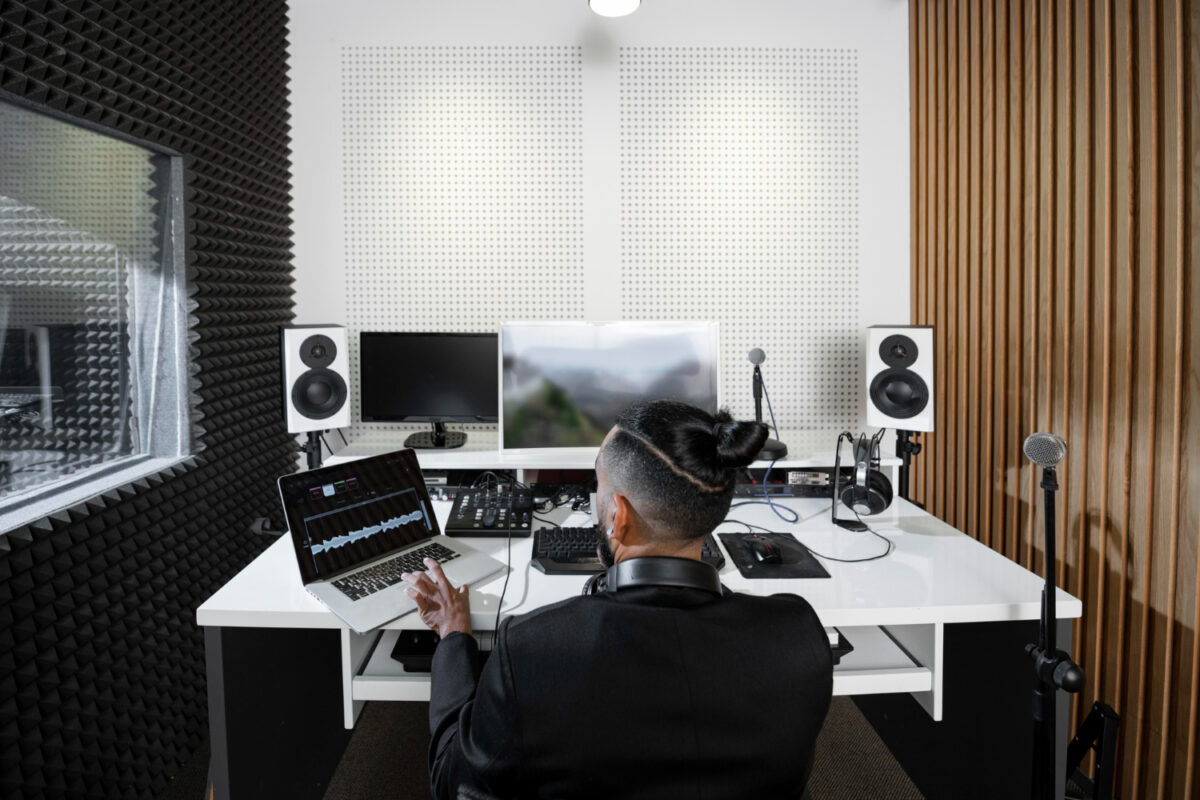
While the glitz and glamour of the Oscars may be associated with the A-list actors and breathtaking visuals, the unsung heroes of the film industry work their magic behind the scenes. Enter the wizards of film sound design, the maestros who manipulate sonic elements to create immersive experiences that transport us into captivating worlds.
At the Academy Awards, two distinct categories honor these audial architects: Sound mixing and sound editing. In this blog post, we’re going to explore why these two categories differ, uncovering the artistry behind each and the vital roles they play in bringing movies to life.
Unraveling the distinction between sound mixing and sound editing
You might think that sound mixing and sound editing are interchangeable terms. But hold on: there’s a lot of difference between them, and we’re going to break it down for you.
Let’s start with sound editing. This is the nitty-gritty, down-and-dirty work of capturing and creating every single sound effect that you hear in a movie. Whether it’s the sound of a car engine revving, a sword being unsheathed, or a monster roaring, sound editors are the ones who make it happen.
Sound editors are like audio detectives, always on the hunt for the perfect sound to match the action on screen. And let’s not forget the fun part of their job: creating brand-new sounds from scratch. Sound editors are like audio wizards, conjuring up bizarre and otherworldly sounds that have never been heard before.
Now, let’s move on to sound mixing. Sound mixers take all the individual sound elements that the sound editors have created and blend them into one harmonious soundscape. Think of them as audio chefs, carefully selecting the right ingredients and spices to create the perfect dish. They adjust the levels, the panning, the EQ, and all sorts of other fancy-sounding stuff to make sure that everything sounds just right.
So, in a nutshell, sound editing is all about creating individual sounds, while sound mixing is about blending them to create one beautiful sonic masterpiece. Both are crucial to film sound design, and both require a unique set of skills and expertise. It’s like comparing apples and oranges. Sure, they’re both fruit, but they’re different in taste, texture, and appearance.
The intricacies of sound editing
Sound editing is like a treasure hunt for the perfect sound effect. Imagine a scene where a character is walking through a forest. The sound editor would have to capture the crunching of leaves underfoot, the rustling of branches, the chirping of birds, and the whisper of the wind. But wait, what if there’s a bear in the distance? The sound editor would have to create the sound of a bear growling, even if they’ve never heard one in real life. It’s like a game of audio charades where the sound editor has to use their imagination and creativity to create the perfect sound.
But it’s not just about capturing or creating the sound effect. The sound editor also has to manipulate and process the sound to fit the scene. They might add some reverb to make it sound like the action is taking place in a large space, or they might EQ the sound to emphasize a specific frequency. It’s like baking a cake: you can have all the right ingredients, but you need to mix them in the right way and bake them at the right temperature to get the perfect result.
And let’s not forget about the fun part of the job: creating new sounds from scratch. Sound editors are like mad scientists, always experimenting with new techniques and tools to create sounds that have never been heard before. They might record their voice and manipulate it to create a monster’s roar or use a watermelon to create the sound of a head being smashed. It’s a job that requires imagination, creativity, and a willingness to think outside the box.
But it’s not all fun and games. Sound editing is a time-consuming and detail-oriented process. A single sound effect can take hours, if not days, to capture, create, and process. And when you’re working on a big-budget blockbuster, the pressure is on to create a sonic landscape that’s both immersive and believable.
The craft of sound mixing
So, what exactly is sound mixing? Well, sound mixers are the maestros of the auditory realm, taking all the different sound elements (dialogue, music, sound effects) and blending them. They’re like the master chefs of audio, creating a delicious auditory feast for our ears.
But it’s not just about throwing all the ingredients into a blender and hitting the mix button. Sound mixers have to delicately balance each sound element, making sure that the dialogue is clear and intelligible, the music swells at just the right moments, and the sound effects pack a punch without overpowering everything else.
Just imagine a scene where our hero is having a heartfelt conversation in the middle of a bustling city street. The sound mixer would have to make sure that the dialogue is front and center, so we can hear every word our hero utters. But they also need to weave in the sounds of car horns, footsteps, and distant conversations to create a realistic urban ambiance. It’s like a juggling act, keeping all the elements in perfect harmony.
And let’s not forget about the spatial aspect of sound mixing. Sound mixers use their audio wizardry to create a sense of space and depth. They can make sounds move from left to right, from front to back, and even make them swirl around your head in a mesmerizing audio dance.
But here’s the real magic of sound mixing: it’s all about the emotions. Sound mixers are master manipulators of feelings. They use their craft to enhance the mood of a scene, whether it’s through the haunting melody of a horror movie, the triumphant swell of a superhero theme, or the tender notes of a romantic ballad. They take us on an emotional rollercoaster ride, tugging at our heartstrings and making us laugh, cry, or jump out of our seats in fear.
Celebrating the differences between sound mixing and sound editing
Now that we’ve explored the intricacies of sound mixing and sound editing, it’s time to appreciate the unique contributions of each discipline. While both categories are vital to film sound design, the Academy Awards recognize their distinctions by honoring them separately.
This division allows for a more nuanced recognition of the specialized skills and creative processes involved in each field. By celebrating both sound mixing and sound editing, the Oscars shine a spotlight on the individuals who dedicate their talents to shaping the sonic landscapes of our favorite films.
Conclusion
Film sound design is a captivating blend of technical expertise and artistic creativity. Sound mixing and sound editing, although different in their objectives, work in perfect harmony to create immersive auditory experiences that transport audiences into the heart of the story.
While sound editing focuses on capturing and crafting individual sound elements, sound mixing blends them to achieve a balanced and cohesive soundscape. For that reason, both disciplines deserve recognition for their unique contributions to the cinematic experience.
So, the next time you sit back in a movie theater or cozy up on your couch for a film night, take a moment to appreciate the artistry of film sound design. Listen closely to the whispers and roars, the subtle nuances and thunderous crescendos.
Behind every sound, there are dedicated sound mixers and sound editors who bring their passion and expertise to create a symphony that enriches our cinematic journeys. The Oscars may have separate categories for sound mixing and sound editing, but together they form an extraordinary partnership that elevates the magic of the movies.
Get in touch with us
Related Posts

Location-Based Sound Recording: 6 Expert Tips for Noise Reduction

Secrets of the Sound Booth: 5 Tips to Achieve Professional-Quality Voice-Over Recordings
About Us
Lorem ipsum dolor sit amet, consectetur adipiscing elit. Phasellus pharetra pretium leo, sed lacinia nulla. Quisque iaculis, lectus sed eleifend vehicula, mi elit facilisis purus, vitae ornare magna elit non quam.
Get in touch with us
Let’s Socialize
Get in touch with us

